Around the World in 380 Breakfasts
A cookbook devoted to morning meals showcases chocolate-fish porridge, ice-cream brioche, and more.
Breakfast doesn’t always lend itself to adventurousness—getting out the door in the morning can be hard enough. But Emily Elyse Miller’s recently published Breakfast: The Cookbook rejects that idea entirely. Miller, who runs glamorous breakfast events and, according to her website, is an “internationally renowned authority on breakfast,” sees the morning meal as more than just fuel. “Breakfast,” she writes in the book’s introduction, “is often hastily thrown together or eaten on the go, yet it is a meal steeped in tradition and rituals.”
Documenting those global traditions resulted in the tome that is Breakfast, which includes 380 recipes. During her three years of research, Miller accumulated nearly 1,000 recipes before selecting the range of breakfast specialties that she tested for the book. Arranged in chapters such as “Toasts” and “Soups and Stews,” some recipes are simple and global, such as fried eggs and instant coffee. Others are much more regional, such as the recipe for American hand pies (“commonly known by the brand name Pop-Tarts”) or bread topped with Norway’s brunost, a beloved, caramel-like brown cheese that requires a special slicer to cut.
Miller wants these recipes to “encourage everyone to explore and travel the world through breakfast.” Whether you’re an early bird or someone who sleeps through lunch, the following foods may offer more motivation for waking up in the morning.

Morir Soñando
Dominican Republic
Breakfast can often be simply a drink, whether it’s a smoothie or cup of coffee. But in the Dominican Republic, some people start their days with a Morir Soñando, or a “die dreaming,” a romantically named mix of evaporated milk and orange juice that’s the country’s “official drink of the summer.” The end result, flavored with vanilla and sugar, tastes much like a creamsicle. But anyone making a Morir Soñando should take care while mixing, since the ingredients can curdle.
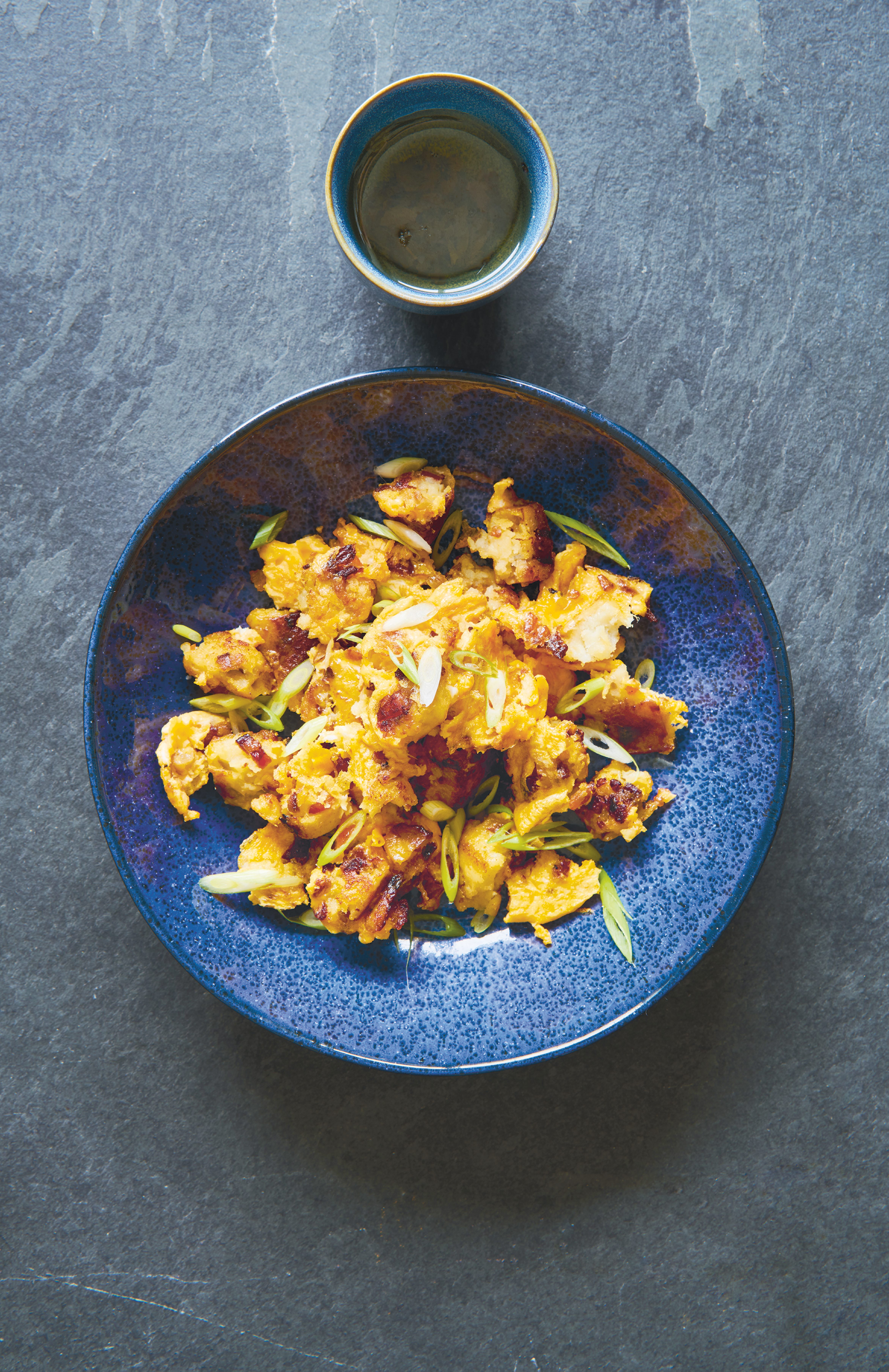
Chai Tow Kway
Singapore
Singapore’s carrot cake, or chai tow kway, is emphatically not the kind of carrot cake that comes with cream cheese frosting and piped icing carrots. In fact, this omelet doesn’t contain carrot at all. Miller notes that the name of this dish, which is made with daikon radish cakes stir-fried with eggs, stems from a game of linguistic telephone between the Chinese dialect of Teochew and English. Carrot cake comes in white and black varieties, with the latter receiving a dousing of dark soy sauce.

Champorado
The Philippines
Sweet and salty often live on separate sides of the breakfast menu. But Filipino champorado, glutinous rice cooked with chocolate and flavored with sugar and vanilla, pairs them deliciously. It gets a salty hit from tuyo, a type of dried fish, served on the side or flaked into the porridge. While often served as an afternoon snack during merienda, a light, afternoon mealtime, it’s a beloved breakfast as well.

Brioche con Gelato
Sicily
Many breakfast options are pure sweetness, and Sicily’s brioche con gelato is no exception. While the combo, which consists of several scoops of gelato inside an eggy bun with a dollop of whipped cream, sounds like dessert, it certainly provides a lot of energy at the start of the day. (If you have sensitive teeth, don’t worry: It’s permissible to attack this icy breakfast sandwich with a spoon.)
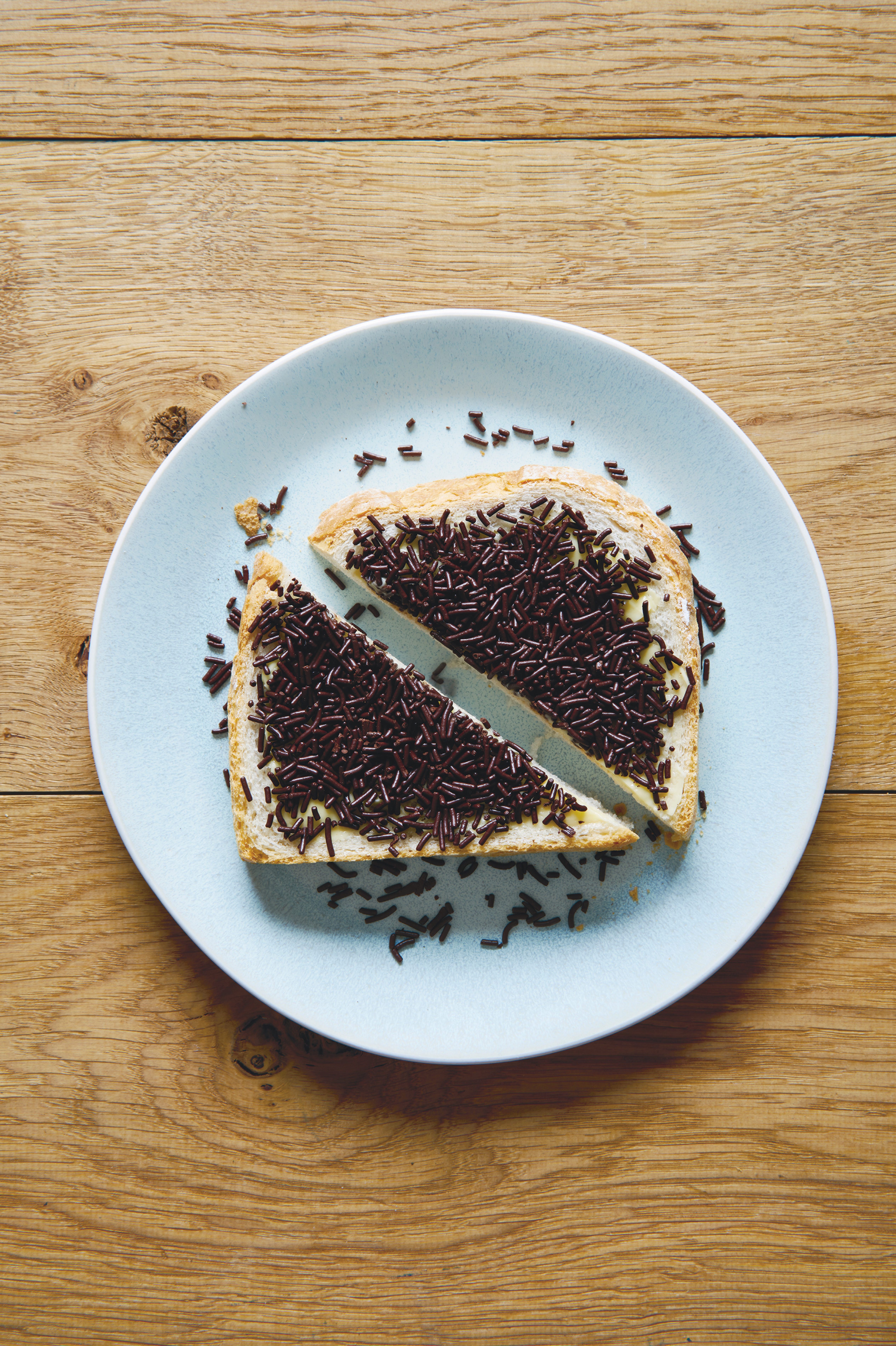
Hagelslag
The Netherlands
For the Dutch, bread is common at breakfast, and it’s often decked out with this beloved Dutch sprinkle. Called hagelslag, or hailstorm, it’s layered atop untoasted white bread slathered in butter. The moniker is a reference to the sound that thick, flavorful Dutch sprinkles make when landing on bread, ice cream, or anything else in need of a storm of tasty sprinkles, which the Dutch really, really enjoy, consuming 30 million pounds of them every year. Most of the time, Miller adds, the type on top of “never toasted” breakfast bread is, naturally, chocolate.
Gastro Obscura covers the world’s most wondrous food and drink.
Sign up for our regular newsletter.



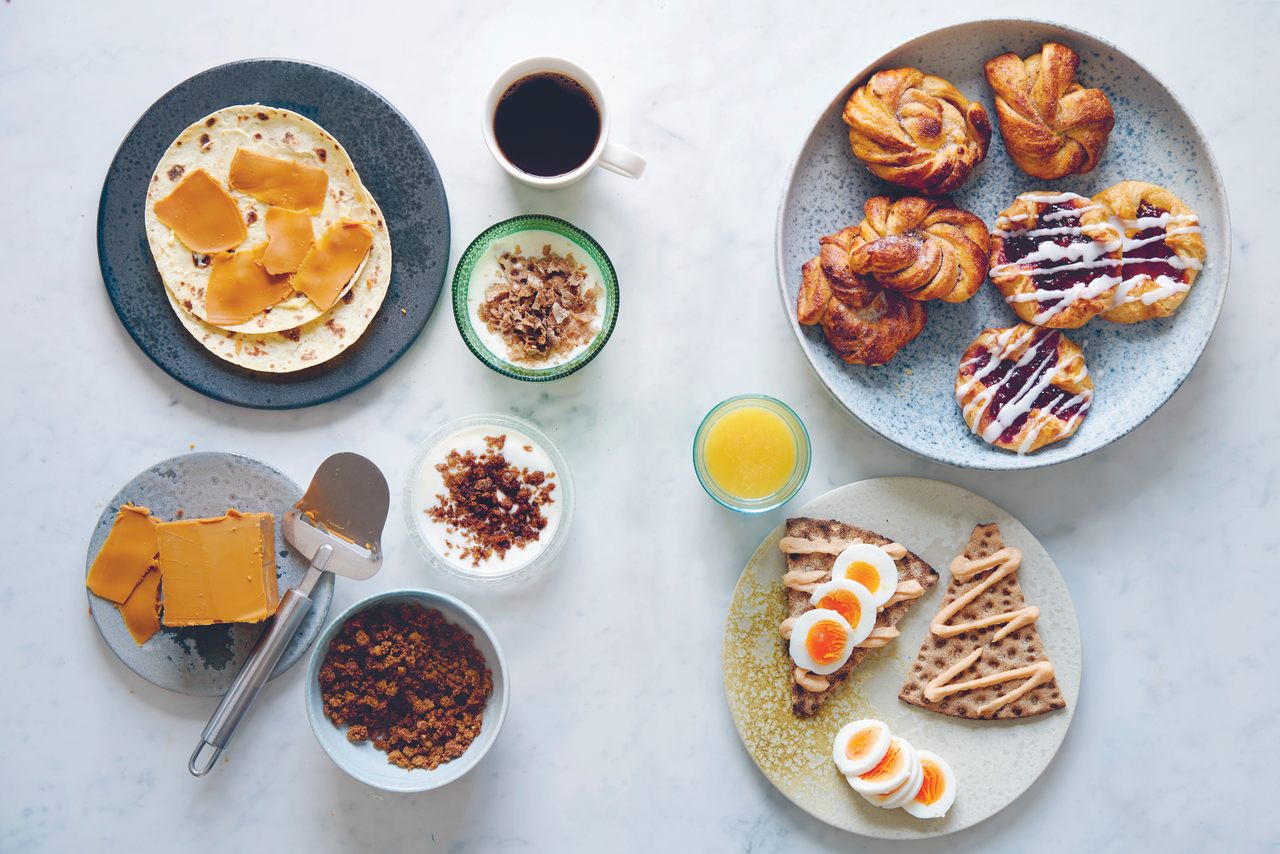



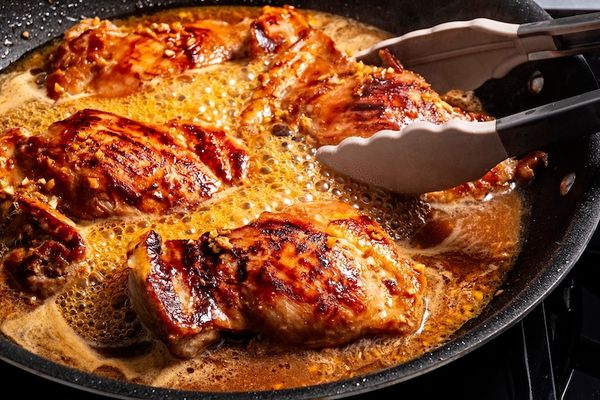















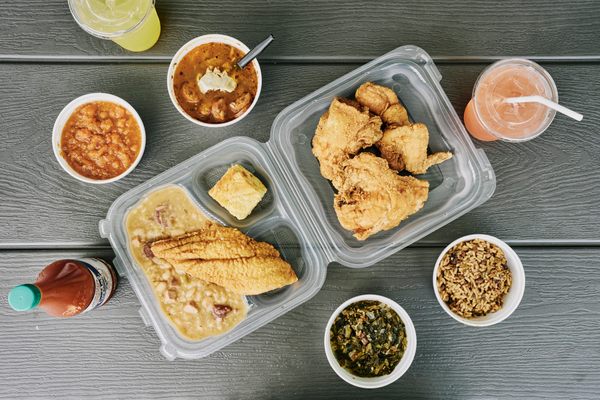
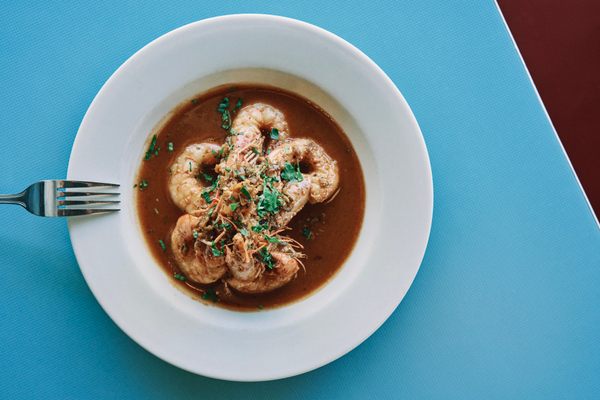

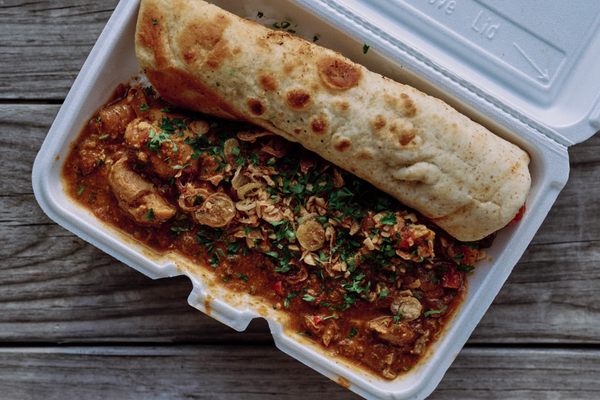


Follow us on Twitter to get the latest on the world's hidden wonders.
Like us on Facebook to get the latest on the world's hidden wonders.
Follow us on Twitter Like us on Facebook